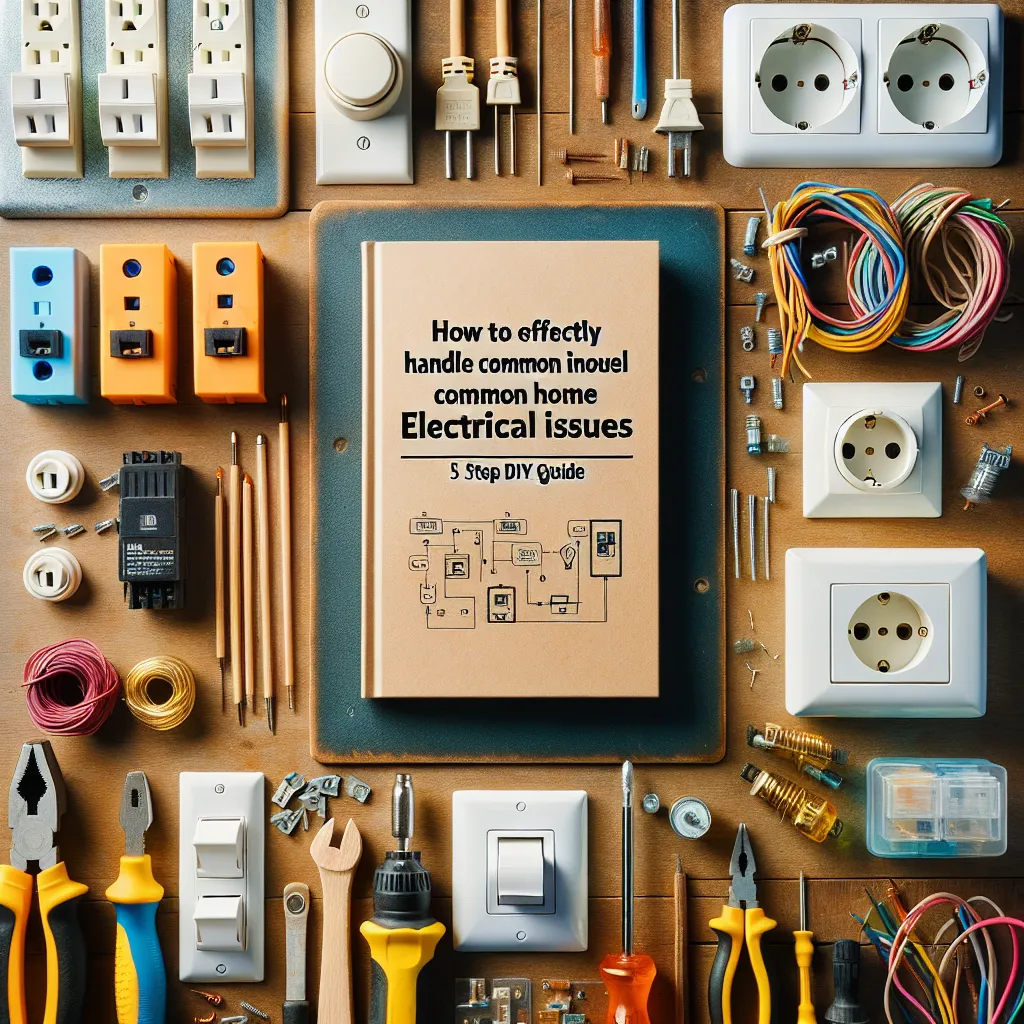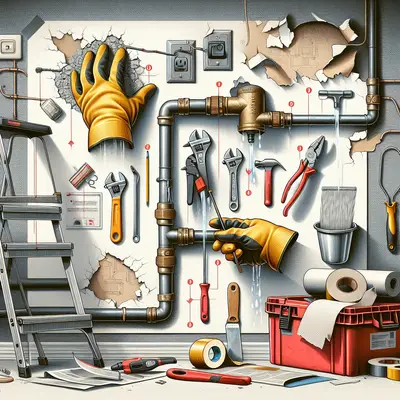Preparation is Key
Before diving into any electrical work, it's essential to be prepared. Start by gathering all the necessary tools such as a multimeter, wire cutter, wire stripper, long-nose pliers, and insulated screwdrivers. Wear rubber-soled shoes and use a wooden or fiberglass ladder to reduce the risk of electrical shocks. Always turn off the power at the main switch before starting any electrical work.
Identify the Issue
The first step in solving any electrical problem is identifying what's wrong. Look for symptoms like flickering lights, tripping breakers, or outlets that don't work. Unusual noises or smells can also indicate an electrical problem. Once you've identified the symptoms, it's easier to pinpoint the cause and decide on the best course of action.
Test the Circuit
Use a multimeter to test the circuit. If the breaker keeps tripping, it's likely there's a short circuit or an overload. A multimeter can help you determine if the problem is with the device plugged into the outlet or the outlet itself. If the multimeter shows no voltage, the issue might be with the breaker or the wiring.
Repair or Replace
Depending on the issue, you may need to repair or replace parts. For example, a faulty outlet can be replaced by carefully removing the old one and connecting the new one to the same wires. Always ensure the connections are secure and the wires are correctly placed before restoring power. Remember, if the issue seems too complex or risky, it's okay to call a professional.
Check Your Work
After you've made the repairs, it's time to check your work. Turn the power back on and check if the problem persists. If everything works correctly, congratulations! You've successfully fixed an electrical issue at home. However, if the problem persists, it may be time to call a professional electrician. Some issues might be more complex than they seem and require professional intervention.
Conclusion
Tackling minor electrical issues at home can be empowering, and with this guide, you're well on your way to becoming a DIY electrical pro. Remember, safety should always be your top priority. If at any point you feel unsure or uncomfortable, do not hesitate to call a professional. This guide should help you confidently handle common home electrical issues, but it doesn't replace the expertise and safety that a professional electrician provides.



